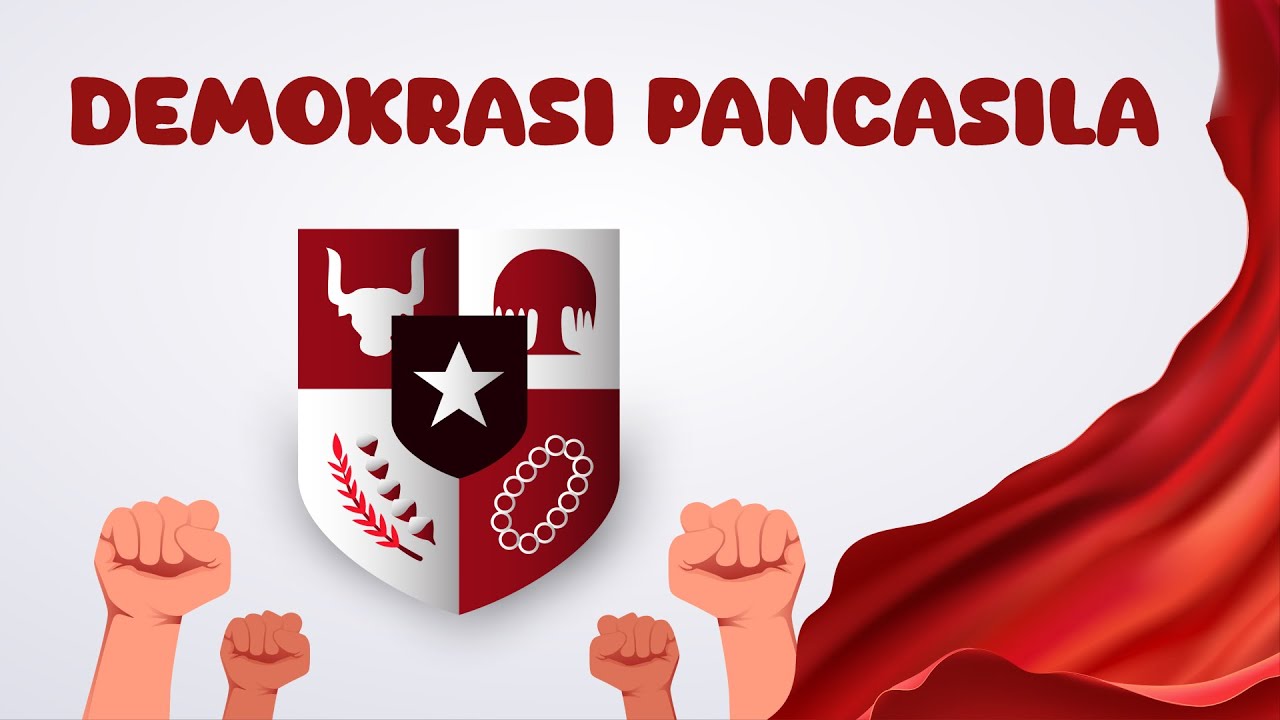IPS kelas 9 BAB 3 tantangan pembangunan Indonesia masa Orde Baru dan Reformasi kurmer rangkuman sem2
Summary
TLDRThis video script offers a comprehensive overview of Indonesia's development during the New Order (1966-1998) and Reformation periods. It explores President Soeharto's efforts to stabilize the country politically and economically, introducing key programs like family planning, transmigration, and industrialization. After the fall of Soeharto, the Reformation era saw democratic reforms, with leaders like BJ Habibie, Gus Dur, Megawati Soekarnoputri, Susilo Bambang Yudhoyono, and Joko Widodo focusing on political freedoms, economic restructuring, and infrastructure development. The video provides a clear summary of Indonesia’s progress through these transformative periods.
Takeaways
- 😀 The New Order government in Indonesia lasted from 1966 to 1998, starting after President Soekarno issued a letter of instruction to Soeharto for national stabilization during a political and economic crisis.
- 😀 The New Order government prioritized political and economic stability, limiting political activities that were not aligned with government interests.
- 😀 The New Order period focused on economic recovery and long-term development through the implementation of multi-year development plans called PJP, divided into five-year periods known as Repelita.
- 😀 Key programs during the New Order government included family planning, transmigration (population relocation), industrialization, agriculture, and primary education.
- 😀 The Reform era began after the 1998 political reform, triggered by an economic crisis, leading to the resignation of President Soeharto and a shift towards more democratic governance.
- 😀 In the Reform era, Indonesia embraced greater political freedom, including the formation of political parties, direct elections, and freedom of the press.
- 😀 President BJ Habibie focused on stabilizing the country after the economic crisis, implementing banking reforms and supporting political freedom with measures like lifting press restrictions.
- 😀 During President Abdurrahman Wahid's (Gus Dur) presidency, the focus was on controlling inflation, strengthening the Rupiah, and reorganizing the government for economic recovery.
- 😀 President Megawati Soekarnoputri's administration marked the first direct presidential election in Indonesia and emphasized privatization of state-owned enterprises and the management of foreign debt for effective development.
- 😀 President Susilo Bambang Yudhoyono's two terms emphasized revitalizing the defense industry, strengthening international economic cooperation (e.g., APEC, G20), and expanding social security programs like BPJS, along with infrastructure development.
- 😀 Under President Joko Widodo (Jokowi), the focus shifted to infrastructure development, human resource development, and bureaucratic reforms, with significant investments in transportation, public facilities, and energy infrastructure.
Q & A
What marked the beginning of the New Order government in Indonesia?
-The New Order government in Indonesia began in 1966, following the political and economic crisis, when President Soekarno issued a letter of instruction (Surat Perintah Sebelas Maret, or Supersemar) to General Soeharto to take control of the country's security and stability.
What were the main priorities of the New Order government during its early years?
-In its early years, the New Order government prioritized stabilizing the political and economic conditions of Indonesia, focusing on restoring order, limiting political freedoms, and starting economic recovery programs.
What is the Five-Year Development Plan (Repelita) in Indonesia?
-The Five-Year Development Plan (Repelita) was a key component of the New Order government's long-term development strategy. It consisted of plans divided into five-year periods to address economic growth, infrastructure development, and social welfare.
What were some of the key programs introduced by the New Order government?
-Key programs included Family Planning, Transmigration (relocating people to less populated areas), Industrialization, and Basic Education. These initiatives were aimed at balancing population distribution, improving productivity, and enhancing education.
How did the New Order government handle political freedom?
-The New Order government restricted political freedoms, limiting public expression and activities that opposed the government's interests. This was part of the government's effort to maintain control and stability during its rule.
What event led to the end of the New Order government?
-The New Order government ended in 1998 following the political and economic crises, which led to the Reformasi movement. President Soeharto resigned on May 21, 1998, marking the end of his 32-year rule.
What changes occurred during the Reformasi period after 1998?
-The Reformasi period marked a transition to a more democratic Indonesia. Political freedoms were expanded, including the establishment of free elections, press freedom, and the ability for citizens to form political parties and express opinions freely.
What were some of the major policies introduced by BJ Habibie during the Reformasi era?
-BJ Habibie focused on stabilizing the economy and political conditions by restructuring the banking sector, lifting press restrictions, and supporting democratic processes, including organizing the first free elections after the fall of the New Order.
What was the economic focus during the presidency of Susilo Bambang Yudhoyono (SBY)?
-During SBY's presidency, the government focused on revitalizing the defense industry, increasing international economic cooperation, and introducing social welfare programs like the BPJS (Social Security Administration).
What major infrastructure developments occurred during Joko Widodo's presidency?
-Under Joko Widodo's presidency, significant infrastructure development took place, including the construction of roads, railways, airports, and public facilities. These projects aimed to improve connectivity, boost economic growth, and enhance public services.
Outlines

此内容仅限付费用户访问。 请升级后访问。
立即升级Mindmap

此内容仅限付费用户访问。 请升级后访问。
立即升级Keywords

此内容仅限付费用户访问。 请升级后访问。
立即升级Highlights

此内容仅限付费用户访问。 请升级后访问。
立即升级Transcripts

此内容仅限付费用户访问。 请升级后访问。
立即升级浏览更多相关视频

INDONESIA MASA DEMOKRASI LIBERAL-TERPIMPIN-ORDE BARU DAN REFORMASI

Materi IPS Kelas 9 Bab 4: Indonesia Pada Masa Orde Baru

PEREKONOMIAN INDONESIA PADA MASA ORDE LAMA, ORDE BARU, TRANSISI, REFORMASI & MASA PANDEMIC COVID-19

Masa Orde Baru: Tritura, Supersemar, Kebijakan Politik Dalam Negri, dan Fusi Parpol | Part 1

Apa Itu Demokrasi Pancasila? | Kenapa Demokrasi Pancasila?

Pertanian Indonesia Zaman Orde Baru | Sejarah Pertanian Indonesia
5.0 / 5 (0 votes)
